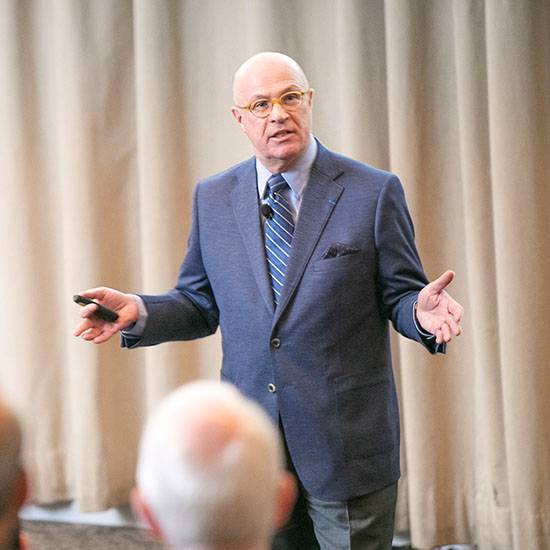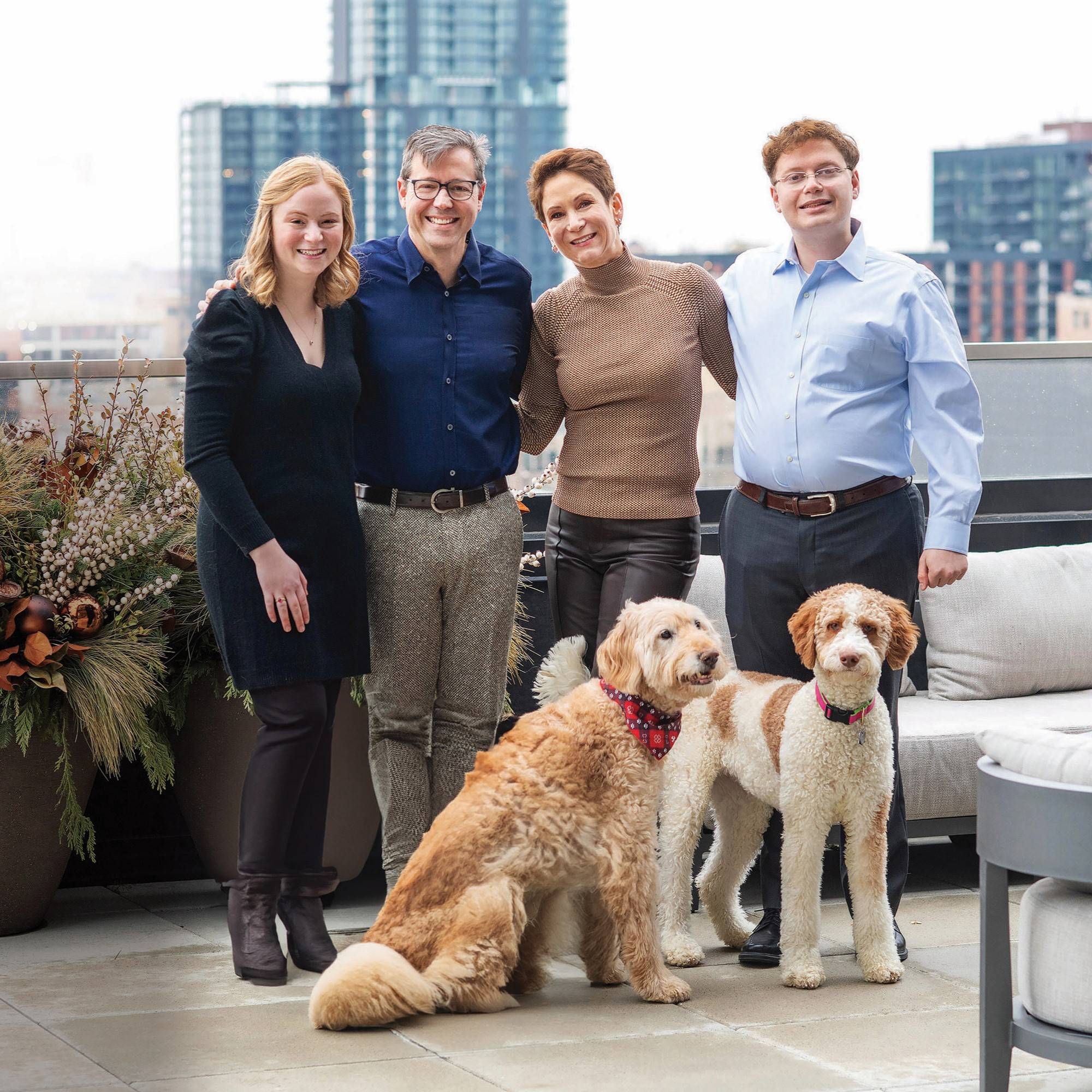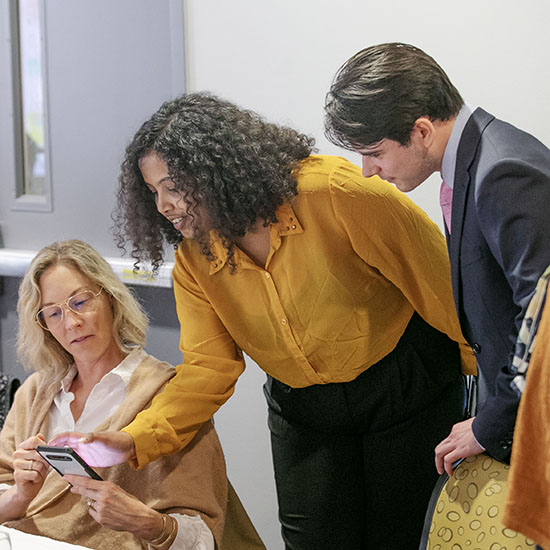Foray into fungus
It’s 6 a.m. A golden glow from the east refracts through dewdrops clinging to leaves, dispersing subtle shimmers as a westward breath of wind gently shakes pea stalks on their trellis. Dawn comes to the Skidmore Community Garden. The wet musk of damp soil gives way to the mild piquancy of nightshades. Squirrel raiding parties have made off with strawberries, the litter of which now abounds in the grass beyond the garden’s north fence. A single human form is bent among the rows, shaking mud from purslane roots.
"A peek into the Skidmore College Community Garden"
from Skidmore College on Vimeo.
That was the morning of June 11, 2015. By afternoon, however, the lone gardener is replaced by a group, the green scents overcome by earthy tones of maple, the locus of activity shifted from flora to fungus. It’s the Skidmore Community Garden’s first event of the summer: a mushroom inoculation party aimed at providing the Murray-Aikins Dining Hall with fresh, local, organic shiitake mushrooms for years to come.
Back in April—Arbor Day, as luck would have it—a hardy gang had gathered around the garden’s worktable for a mushroom seminar organized by Katie Cuthbert '16 and led by Scott Kellogg, educational director of the Radix Ecological Sustainability Center. A partner to Skidmore's environmental studies and sustainability programs, Kellogg shared his expertise in biology and edible mushroom cultivation with more than 20 community members. But the seeds—or, rather, the spores—of this project lead back to the origin of Skidmore gardening.
It was the tenacity of Laura Fralich '11 that staked out a plot for vegetable growing across from Skidmore's main entrance, next to Colton Alumni House. When she returned to campus this past April and saw the new Community Garden designed by a group led by Margot Reisner '14 and Kate Brittenham '14, its location and its heightened community engagement brought her immense satisfaction. Built by many hands, including those of Eliza Hollister '15 and Sustainability Coordinator Levi Rogers, the new garden is on the Wiecking Hall green in the center of campus.
Complementing the recent endorsement of a new 10-year Campus Sustainability Plan, the garden is a visible representation of Skidmore’s deepening commitment to environmental values. Included in the plan is a goal for Dining Services to be serving 25% sustainable food by 2025. Nearly all of the garden’s produce arrives in the d-hall kitchens within a few hours of harvest. By connecting educational programming such as Kellogg’s visit with community-building work parties, the garden also serves the goal of making sustainability "an essential feature of Skidmore's identity and a value that is integrated into all aspects of the College."
An expert on urban sustainability, Kellogg told his workshop attendees about upcycling urban waste products for food production—for example, oyster mushrooms can be grown in filled partly with hand-mixed urban waste (paper, cardboard, coffee grounds), producing a value-added product from materials that would otherwise get tossed. He also guided the group in inoculating a log with shiitake mushroom spawn. Since shiitakes prefer more "rural" waste—hardwood tree limbs instead of coffee grounds—garden managers collaborated with Skidmore's Facilities Office to acquire maple limbs, the products of routine tree maintenance.
And so in June students, staff, and faculty volunteers got busy with drills, a spawn inoculator, and wax daubers to prepare a raft of shiitake-growing logs. Once inoculated, a shiitake log can keep producing edible fruiting bodies for up to a decade, depending on the limb’s thickness and density. It’s a material legacy, created in one sitting but lasting for years.
Rooted at the intersection of sustainability and community, the Skidmore Community Garden is open to all—even when wind or gravity swings the gates closed. As its edible offerings expand into new taxonomic kingdoms, it likewise seeks to broaden its circle of engagement. Please stop by the garden during the week or email me to learn how to get involved, what the garden can do for you, and what we together can do for our community.
—Brian Fredericks ’16, Community Garden Manager


